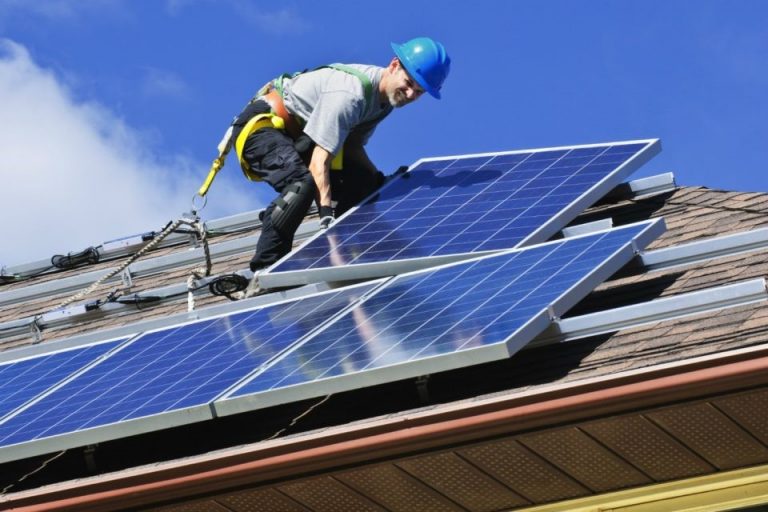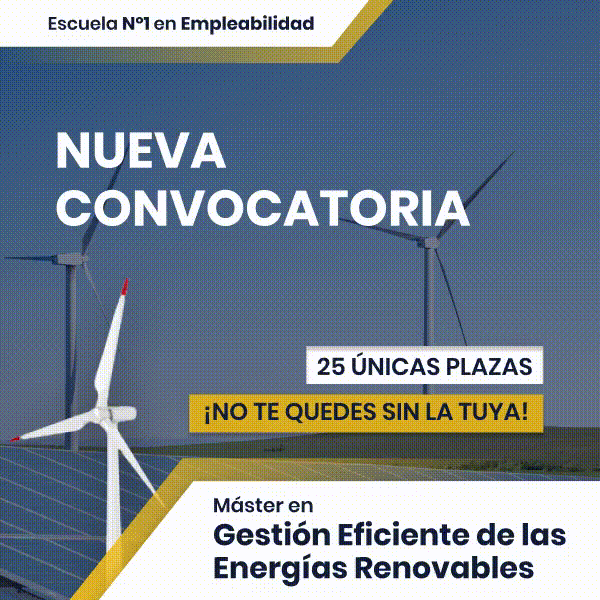Self-consumption photovoltaic installations may belong to one of the following groups:
1. Self-consumption WITHOUT surpluses: Self-consumption facilities connected to the distribution or transportation network that have a anti-dump system such that it prevents the injection of excess electrical energy into the transportation or distribution network.
2. Self-consumption WITH surpluses: Installations that, in addition to supplying electrical energy for self-consumption, can inject surplus energy into transportation and distribution networks. This self-consumption modality can be used by any production facility close to and associated with consumption facilities (both in the internal network and those that use the distribution or transportation network).

Within this group of facilities with surpluses we can distinguish two subgroups:
to. Self-consumption WITH surpluses UNDER COMPENSATION
Self-consumption facilities with surpluses in which producer and consumer choose to benefit from the surplus compensation system.
The consumer uses the energy from the self-consumption installation when he needs it; being able to buy energy from the grid at times when this energy is not enough.
When not all of the energy from the self-consumption installation is consumed, it can be injected into the network and, in each billing period, the invoice issued by the supplier will offset the cost of the energy purchased from the network with the surplus energy. valued at the average price of the hourly market (for PVPC consumers) or at the price agreed with the marketer, subsequently applying the applicable tolls and taxes. In no case can the result be negative.
b. Self-consumption WITH surpluses NOT ELIGIBLE FOR COMPENSATION
All self-consumption with surpluses that do not meet any of the requirements to belong to the previous modality or that voluntarily choose not to benefit from it will belong to this modality. In this case, the surpluses will be sold on the electricity market.
Within each type of self-consumption, self-consumption may be classified as individual, if there is only one consumer associated with the production facility, or collective, if there are several consumers associated with nearby production facilities.

































